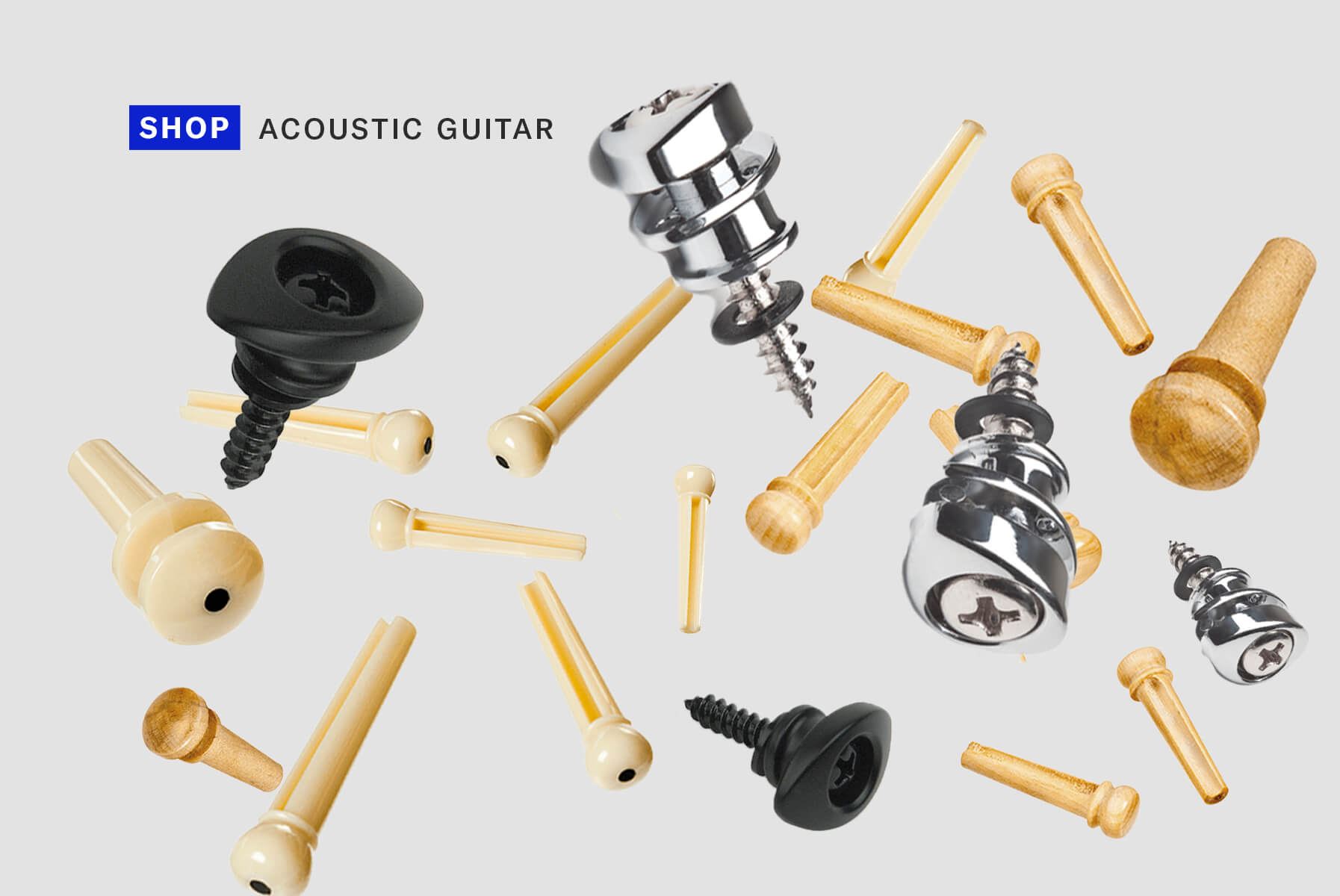Probably the greatest thing about the acoustic guitar is the fact that it's a self- contained unit. No matter where you decide to take an acoustic guitar — playing in the subway or down to your local open mic night — you won't require cables or an amplifier to entertain an audience. The acoustic guitar is also very portable. Try pushing a grand piano through downtown during rush hour. Actually, don't. It's too frightening to even joke about.
For a lot of reasons, acoustic guitars are great. But sometimes you may wish that you were getting some more tone and sustain from your acoustic. Well, did you know that by changing a few basic components on your acoustic you could transform your guitar from "decent sounding" into "something special?"
Of course, you can add some magic to any acoustic guitar by using superior quality strings —like say, a set of D'Addario XT acoustic strings?
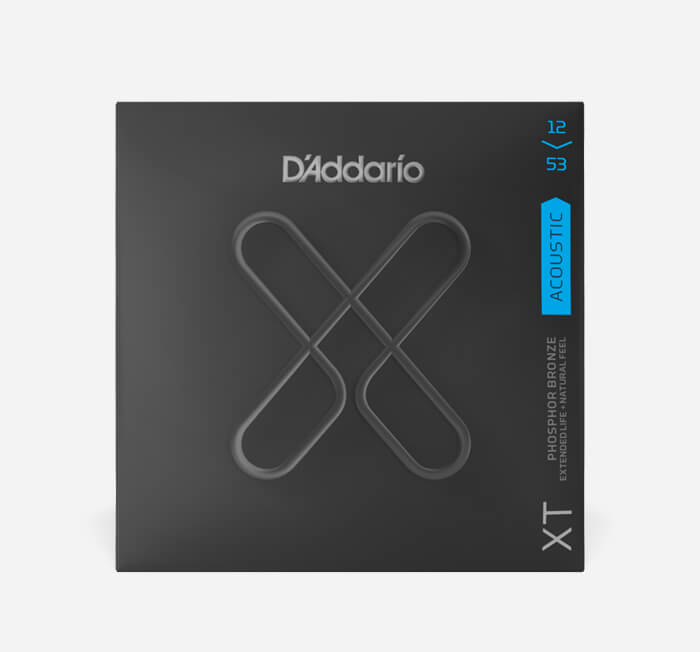
Strings aside, there is another area on the acoustic that can be hugely improved by quality replacement parts. We're talking about bridge pins. You probably thought they're just there to stop the strings from falling out, right? Well, they do more than that. The material that your bridge pins are made from can make a huge difference in the tone of your guitar. They can also improve the appearance of your instrument.
Different Bridge Pin Materials
PLASTIC
Not all plastic pins are the same. The quality of plastics used in the manufacture of bridge pins varies greatly, so choosing your pins wisely is essential. Pins made with soft plastics will become worn with each string change, causing them to pop out when you add tension by tuning the string. It's very frustrating! However, D'Addario uses tough ABS plastic in the manufacture of our pins, so you can rest assured that they will keep on doing their job for years to come.
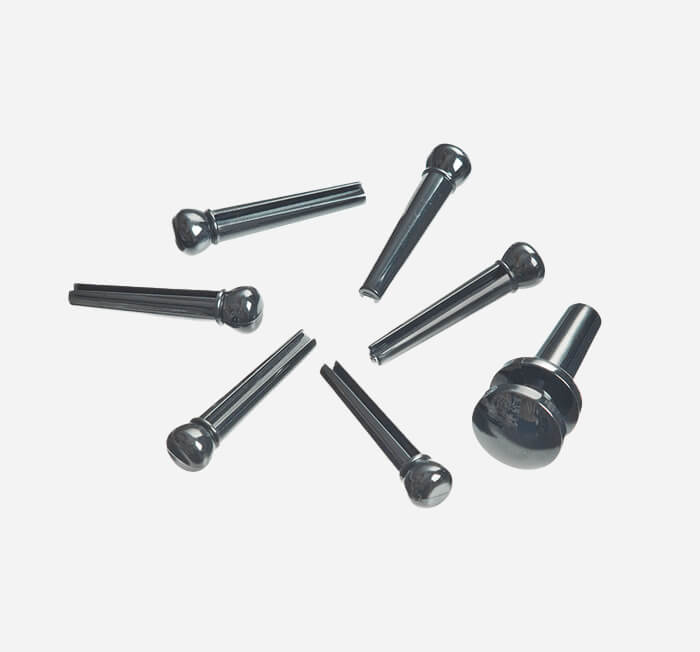
BOXWOOD
What's boxwood you ask? For centuries this tightly grained wood has been used for decorative inlay work on craftsmen-built furniture. Not bad, huh? Boxwood is tough, which provides great sustain properties, while its beauty enhances the appearance of the surrounding wood – in this case, your precious acoustic guitar.
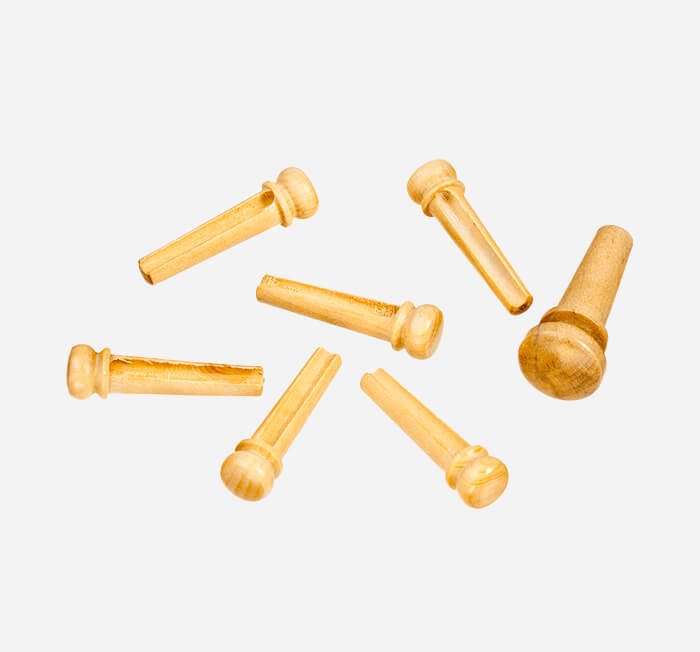
EBONY
Ebony has been a favorite material of instrument makers for centuries. It's a very tough wood, which is often used as the fingerboard material on expensive guitars. Ebony's toughness produces a bright tone and the sustain it provides make it perfect for use as a material for bridge pins.

How To Choose The Right Pin Material
Choosing the pin material that's right for you will be influenced by three factors — your budget, the tone you want, and your style.
BUDGET
Budget is easy. D'Addario Bridge Pins are affordable, no matter which style you choose. So, onto tone.
TONE
If you like a mellow tone and need an increase in sustain, then the boxwood pins are perfect for you. Boxwood will provide a good, snug fit in the bridge of your guitar, making great sustain possible.
Although much cheaper, plastic pins also provide a tight fit — and the tough ABS material of D'Addario pins offers more sustain than standard equipment on many guitars. Plus, these pins will last for years. So, even replacing your existing plastic pins with D'Addario ABS plastic pins could offer tangible improvements.
Finally, we come to ebony. Not only do D'Addario ebony pins look sensational, they offer great improvements in tone and sustain. While sounding bright, ebony offers a great alternative to the brashness of brass and bone. You'll be amazed at the difference it can make to your guitar.
STYLE
As for appearance, it's all up to you. Whether you like the simplicity of plain wood or plastic, or the look-at-me vibe of turquoise embedded in ebony, there's a D'Addario bridge pin set to suit you.
Keep Your Parts Pin-Pointed
Like picks, which randomly turn up six months after you last saw them, bridge pins have a habit of getting lost during string changes. Well, no need to worry– D'Addario provides their bridge pins in sets of seven so if you lose one, you'll still have enough left to fit to your guitar.
Nonetheless, here's some useful advice to help avoid that. During a string change place your bridge pins in a suitable container and don't let them out of your sight. Oh, and if you have the misfortune of dropping a bridge pin through the sound-hole of your guitar, use a pencil with some poster tack or sticky tape on the end to retrieve it safely. Don't shake your guitar – it doesn't like that.
D'Addario Bridge Pins also come with a matching end pin. What's it for? Well, the end pin is basically the strap button on the bottom of the acoustic guitar. It also protects the guitar's finish when you put the instrument down on the ground.
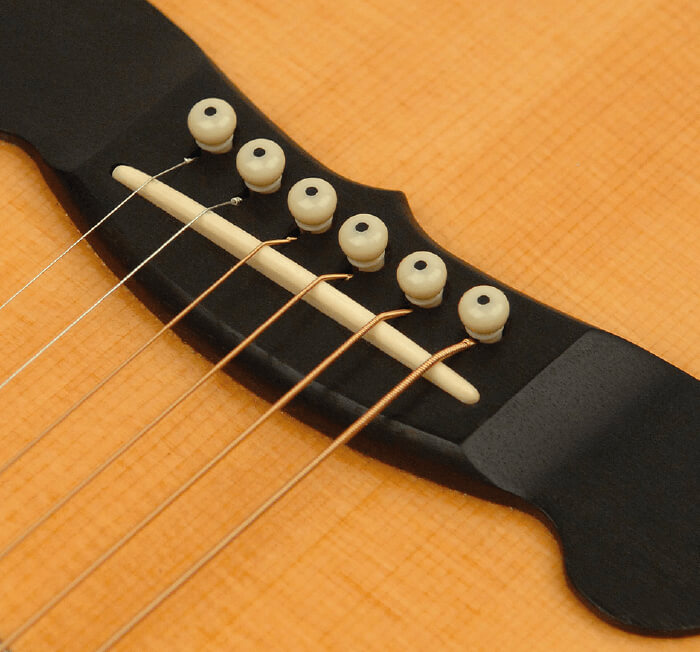
Now that you know bridge pins help enhance the tone and sustain of your guitar, as well as its appearance, you can make your own decision about which type works best for you. We hope that you enjoy picking out the right pins for your musical and personal style.
